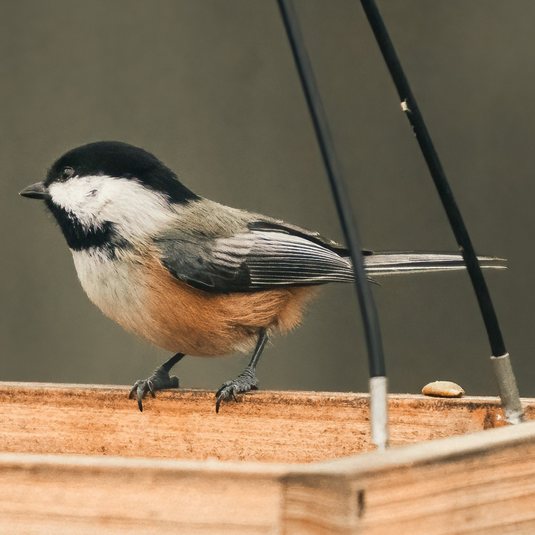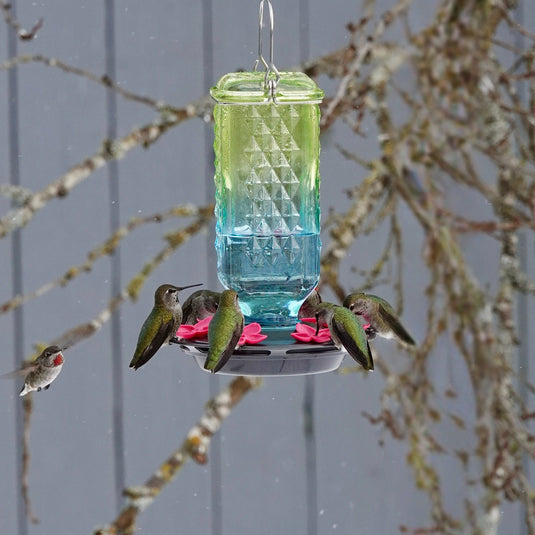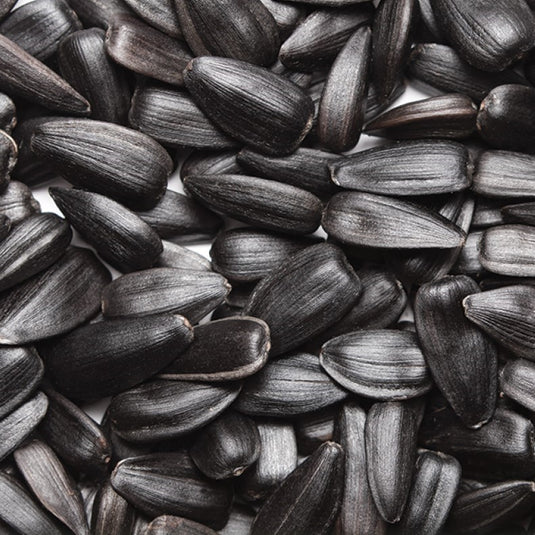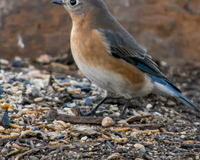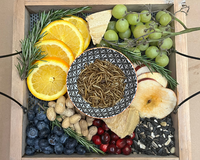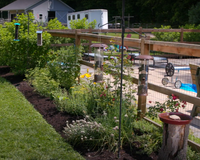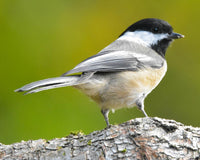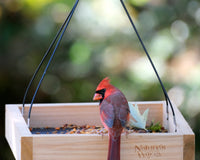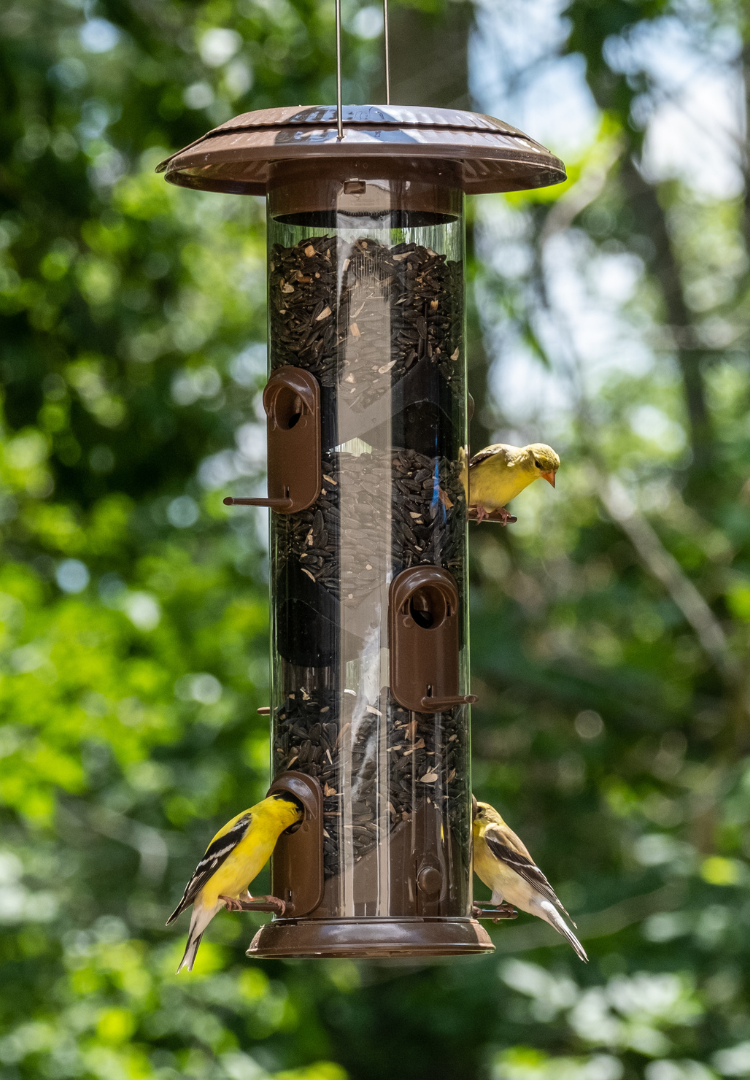Popular articles
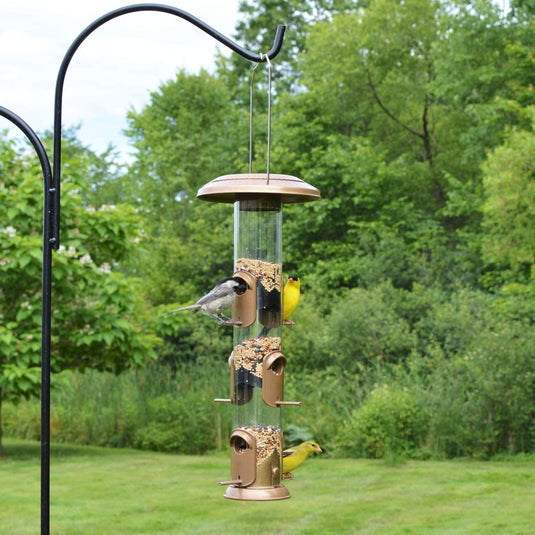
How to hang a bird feeder
If you’re looking for the best location to hang your bird feeder, setting up your first bird feeder, or adding a new bird feeder to your bird feeding station, these bird feeder hanging ideas will set you up for success!
Blog
-
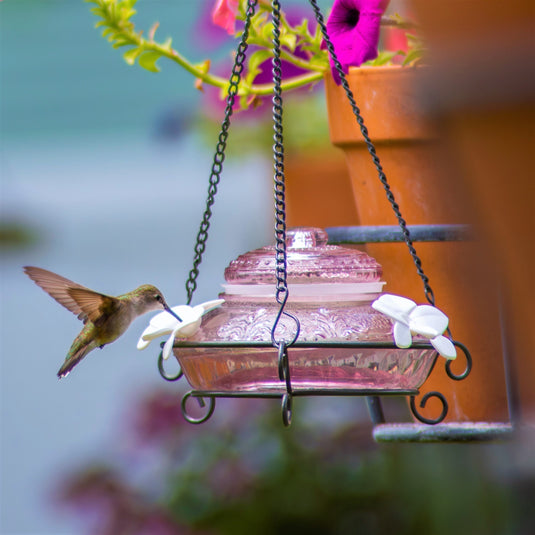
Common hummingbird feeder challenges and solutions
Setting up a nectar feeder is one of the simplest ways to attract hummingbirds to your yard. Being a responsible hummingbird host can sometimes come with challenges, so we’ve put... -

How are handblown glass hummingbird feeders made?
Handblown glass hummingbird feeders are bright, bold and beautifully made pieces of art that serve as both a feeder and a stunning decoration. But what does it take to craft... -
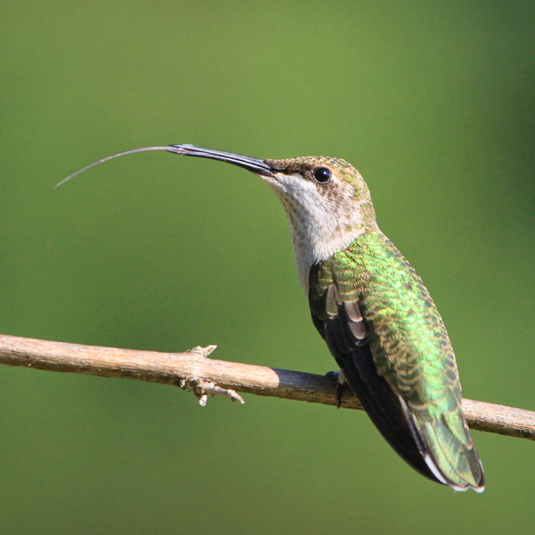
How does a hummingbird eat?
Spotting a hummingbird in your backyard can be a fleeting but rewarding experience. That’s because hummingbirds do everything in such a hurry that they can be difficult to sight! Because... -
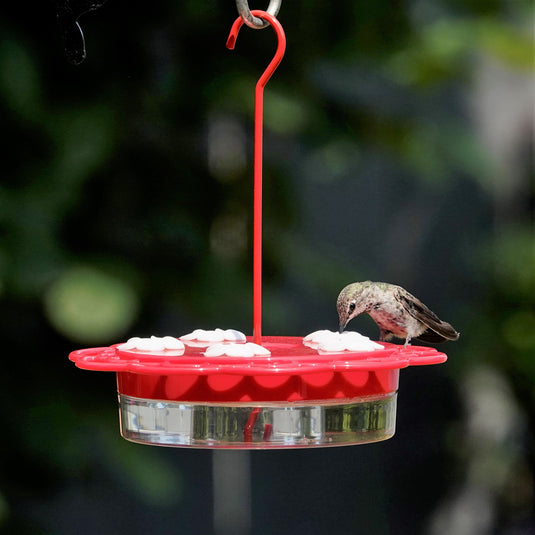
Which type of hummingbird feeder do I need?
Because of their small size, quick flight pattern and migratory nature, hummingbirds can be tricky but rewarding to spot. Setting up a hummingbird feeder is one of the simplest ways... -
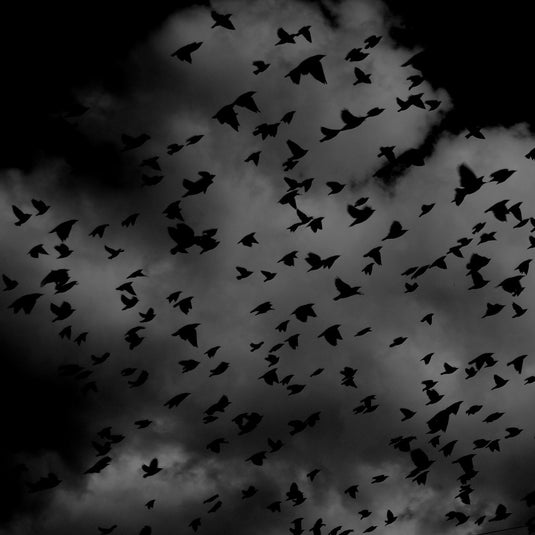
Light Pollution: How to Help Migrating Birds
Did you know that many songbirds migrate thousands of miles each year? These birds often make the journey during the cover of night. Doing so has several benefits. A large number... -
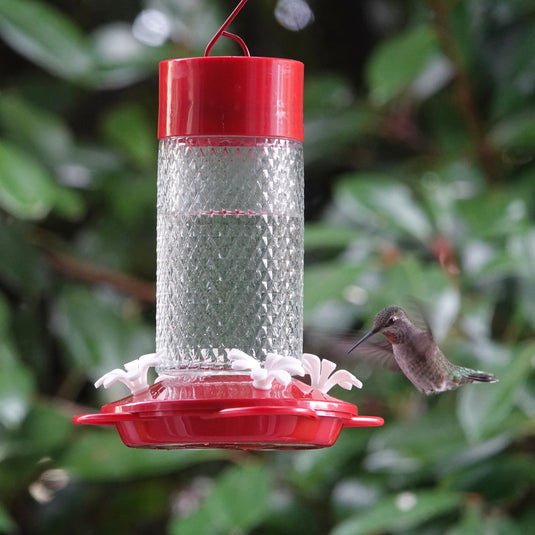
Homemade hummingbird nectar recipe
As the days grow longer and the temperatures start to rise, you should begin seeing more and more signs that spring has arrived - and with it, the hummingbirds! You may...

